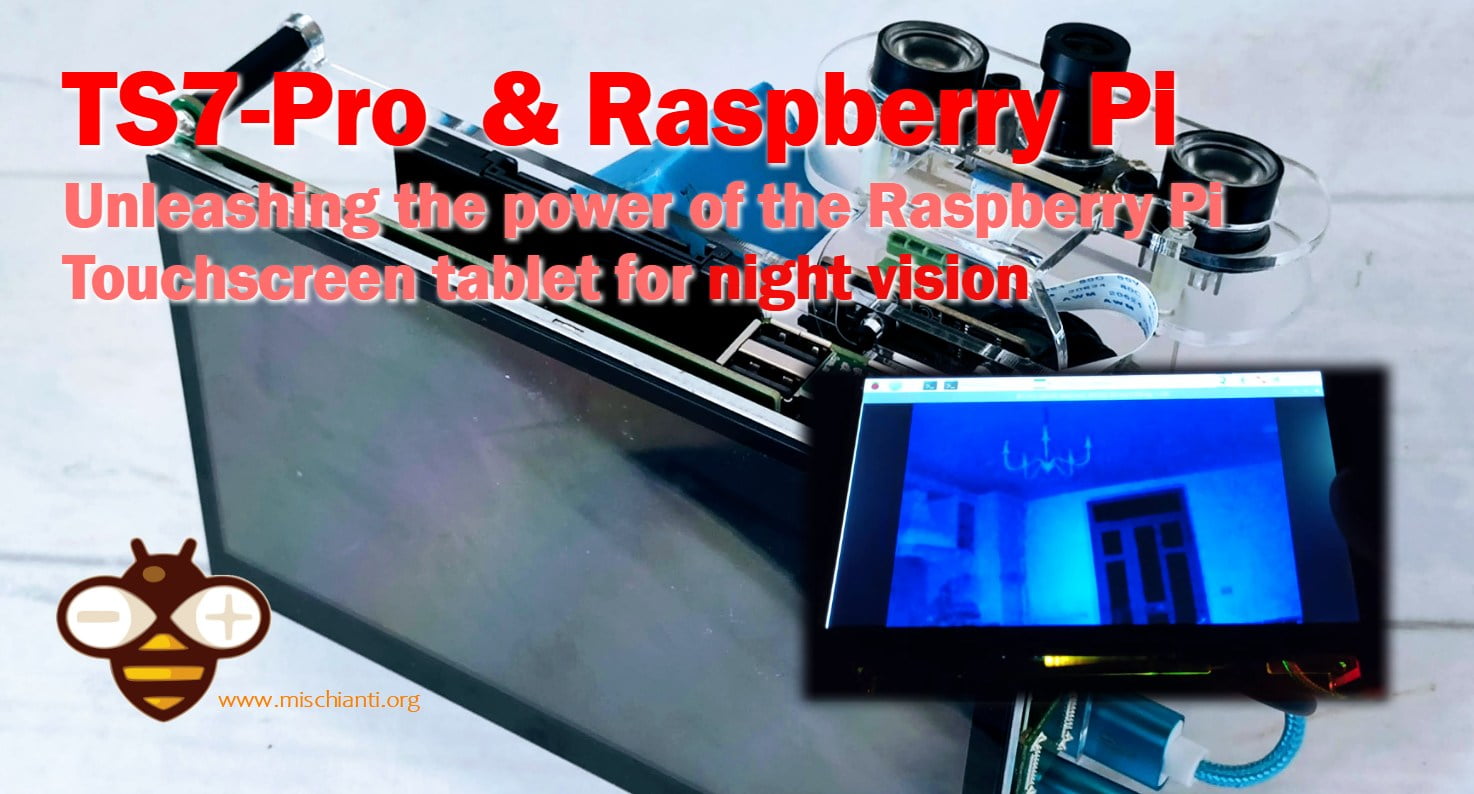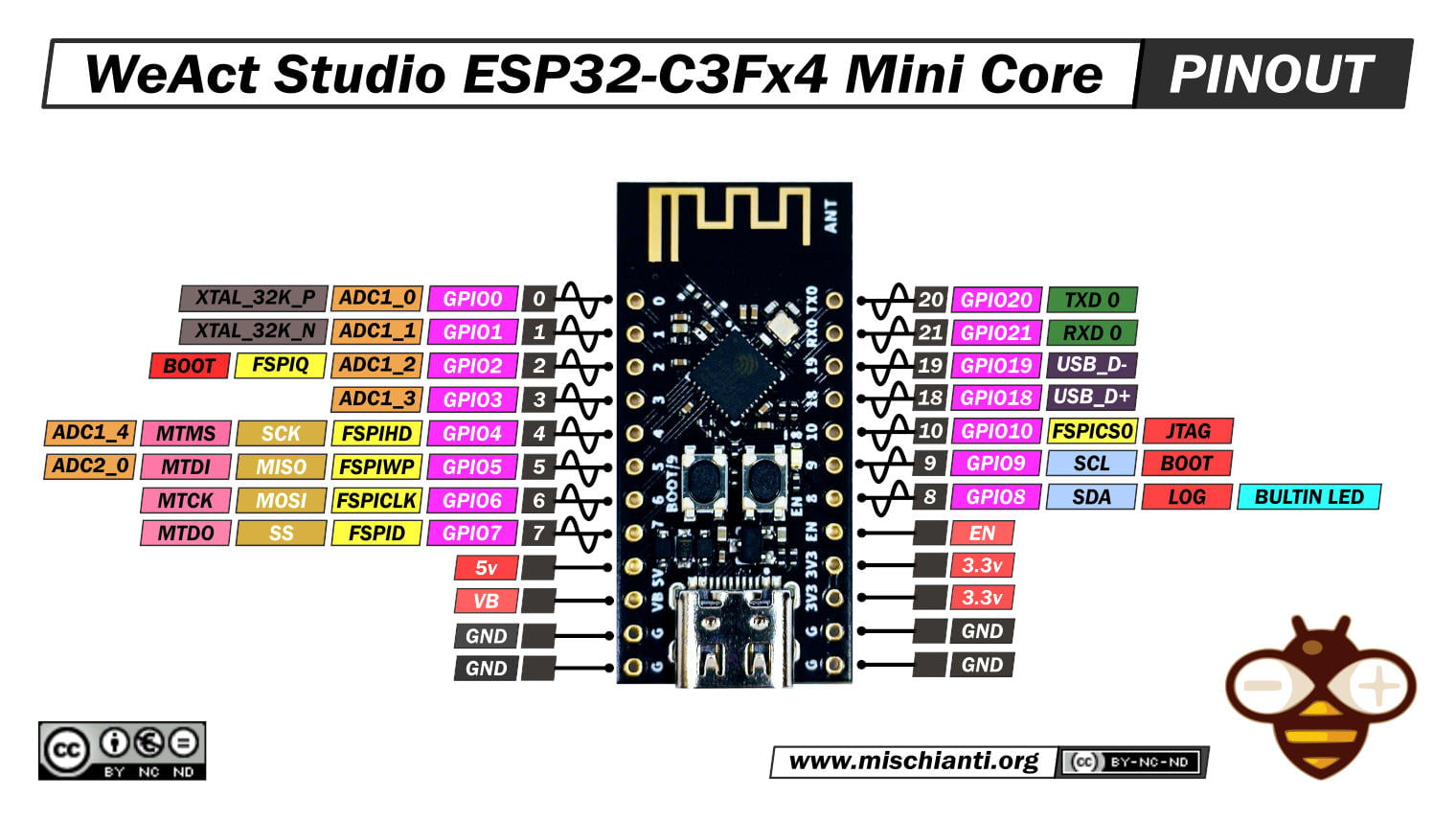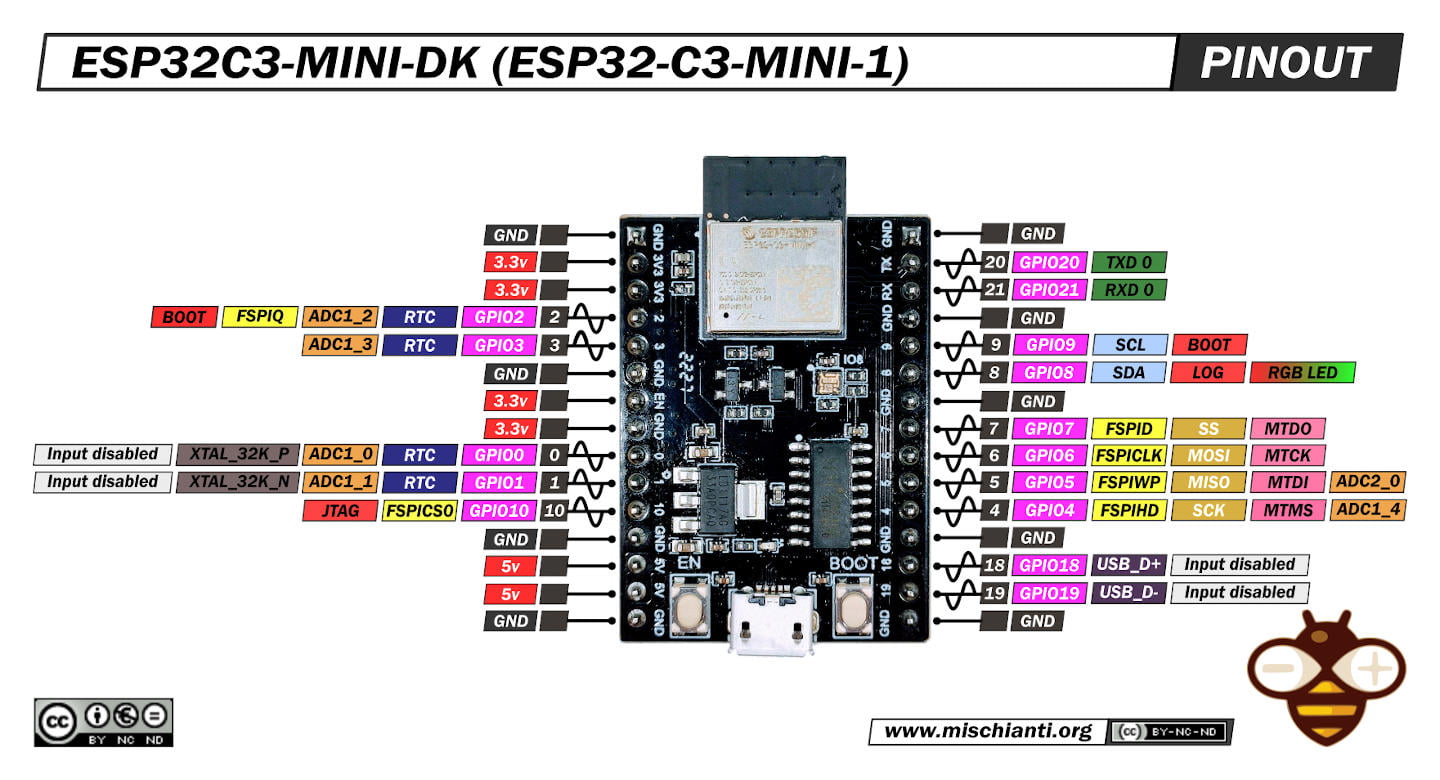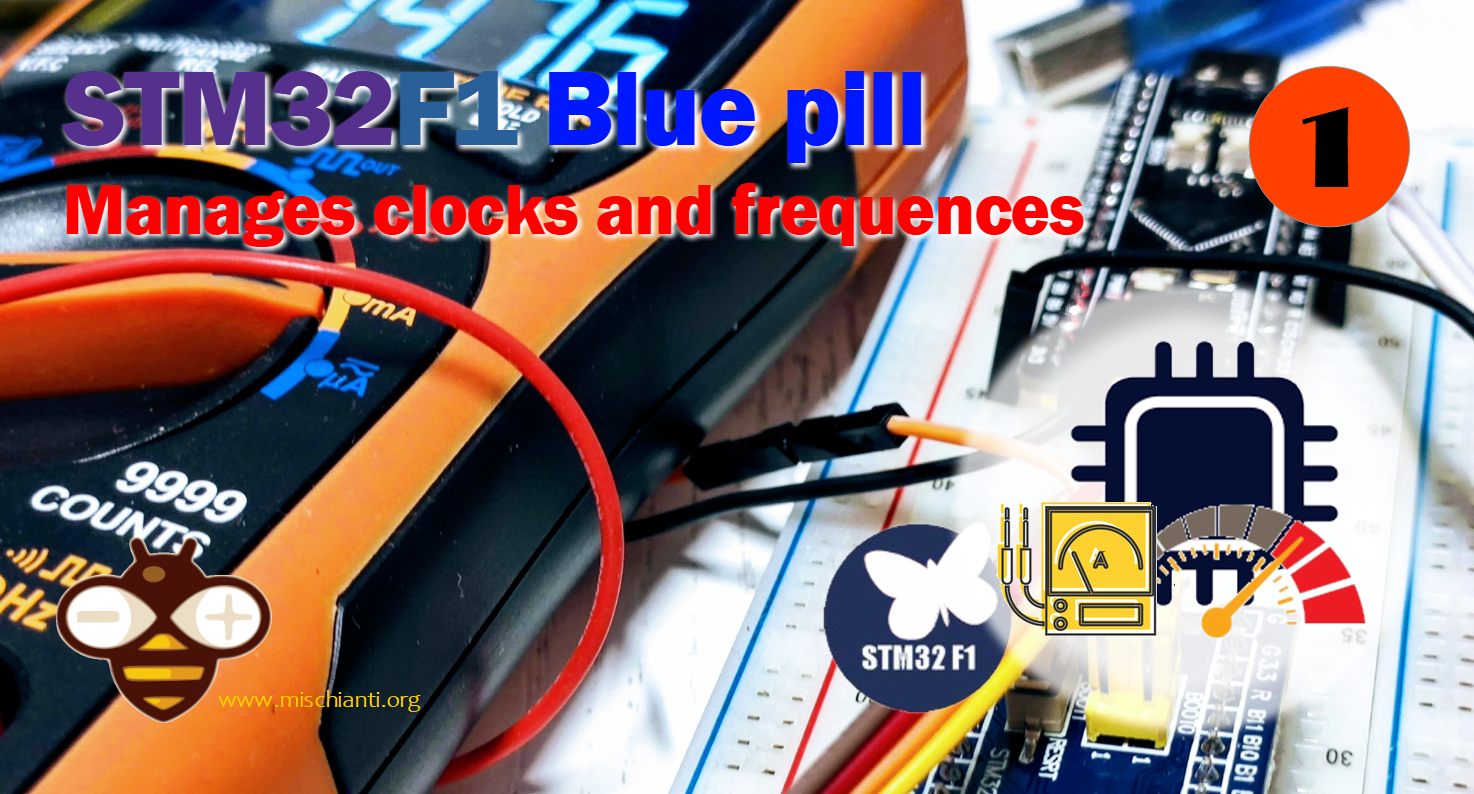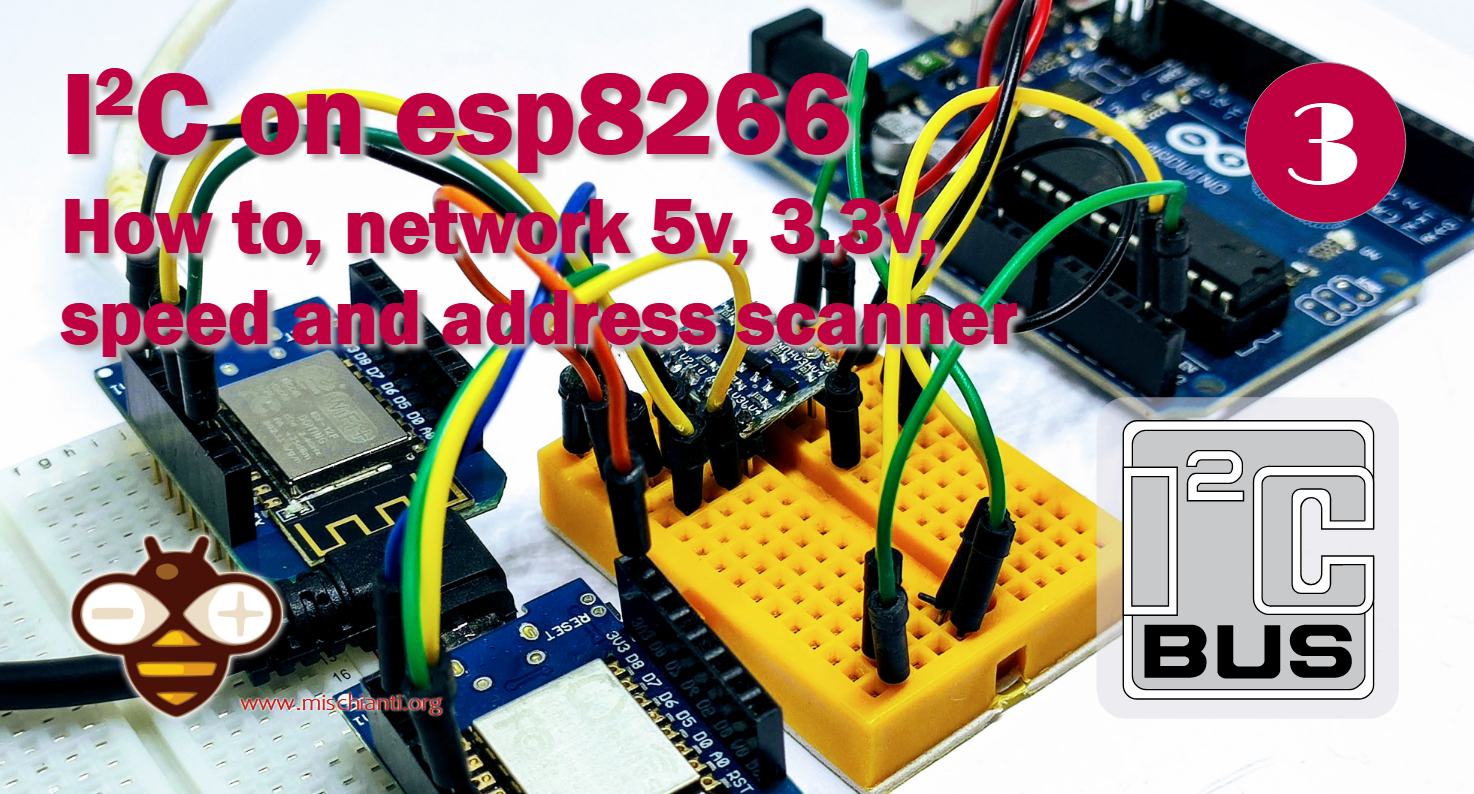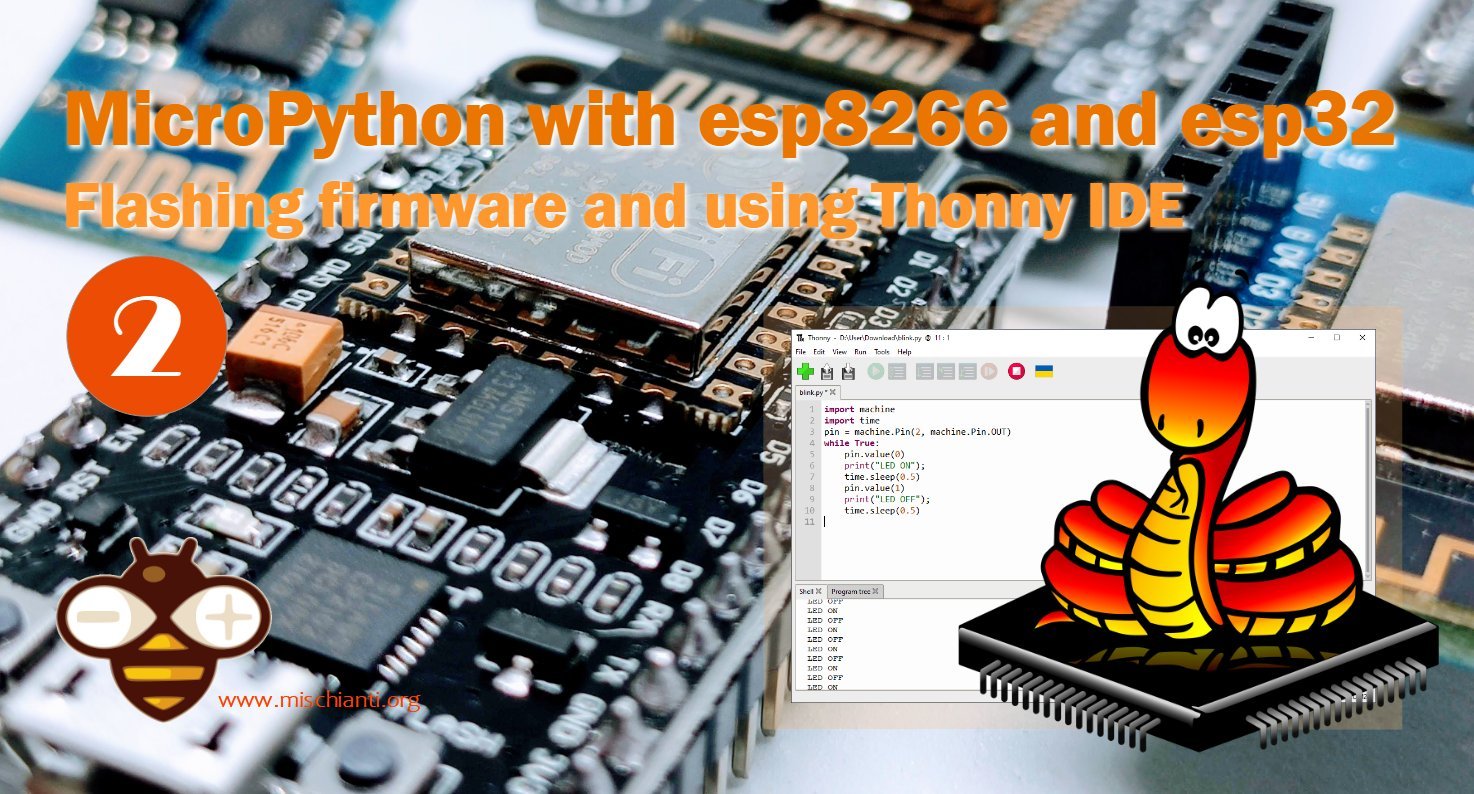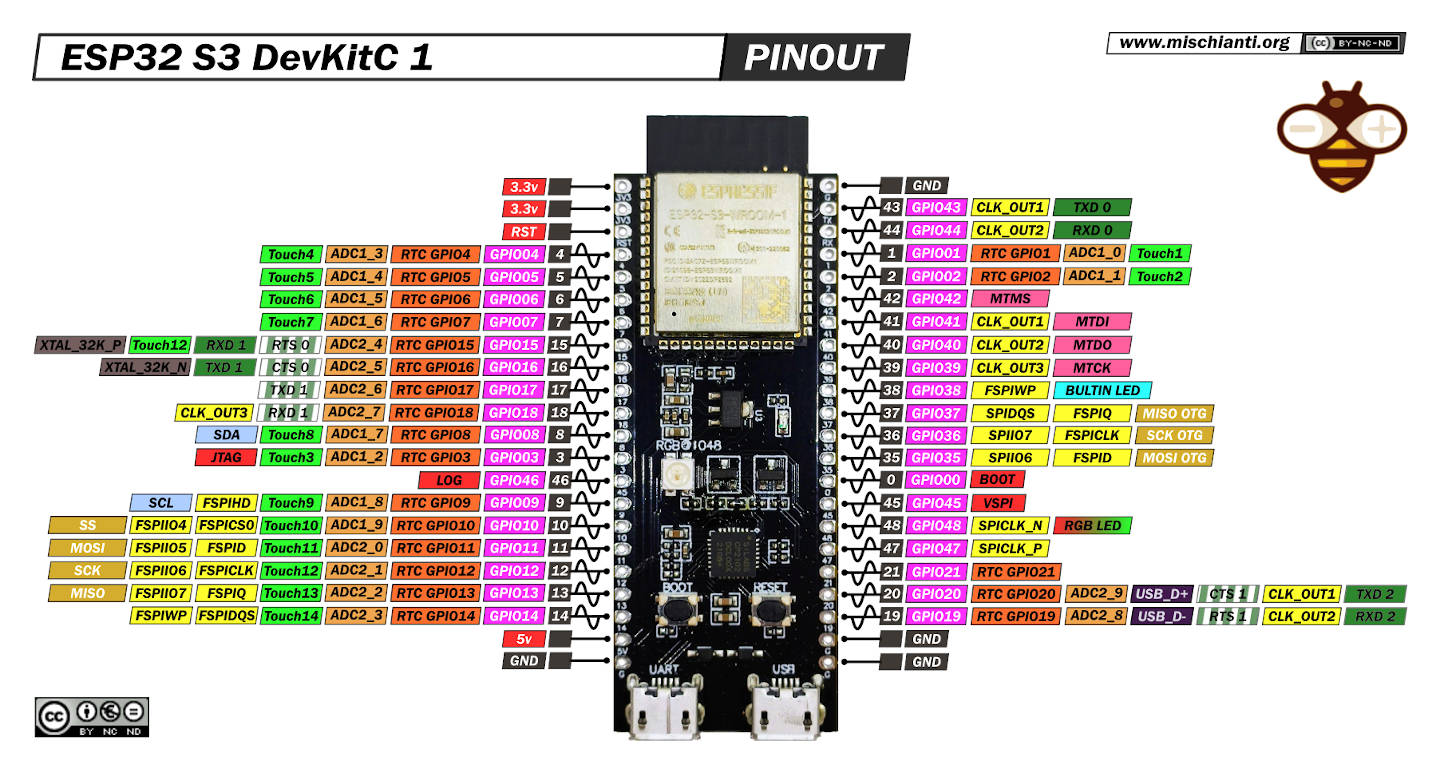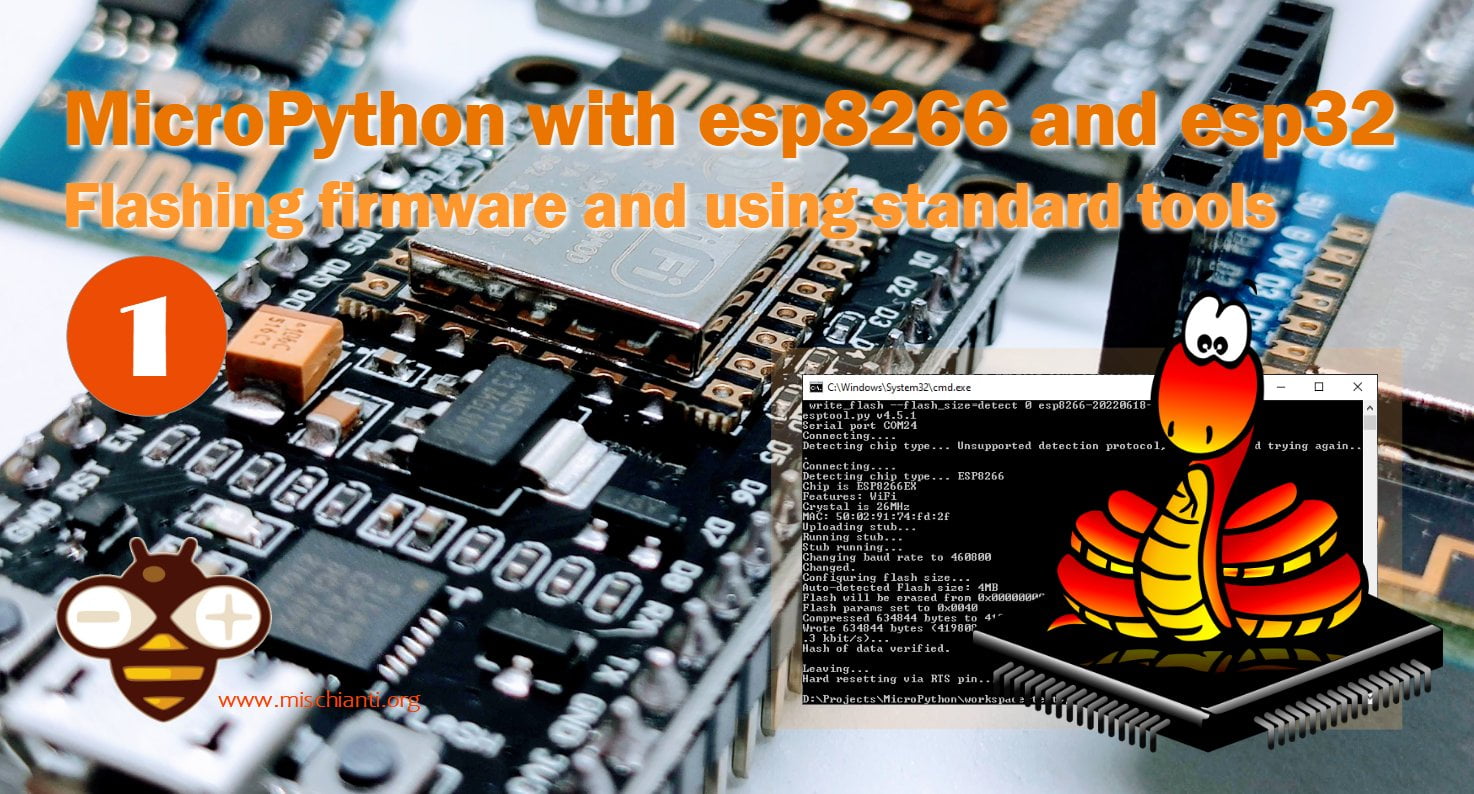Night Vision on Raspberry Pi: TS7-Pro Display, PiPower & DIY 3D Printed Battery in Action!
What started as a simple review of the TS7-Pro display for a project, has evolved into a comprehensive examination of a Raspberry Pi setup. This setup features the TS7-Pro display, a night vision camera, a SunFounder PiPower module, and a DIY 3D printed rechargeable battery pack. Witness how the night vision camera effectively captures detailed images, even in low-light conditions.

